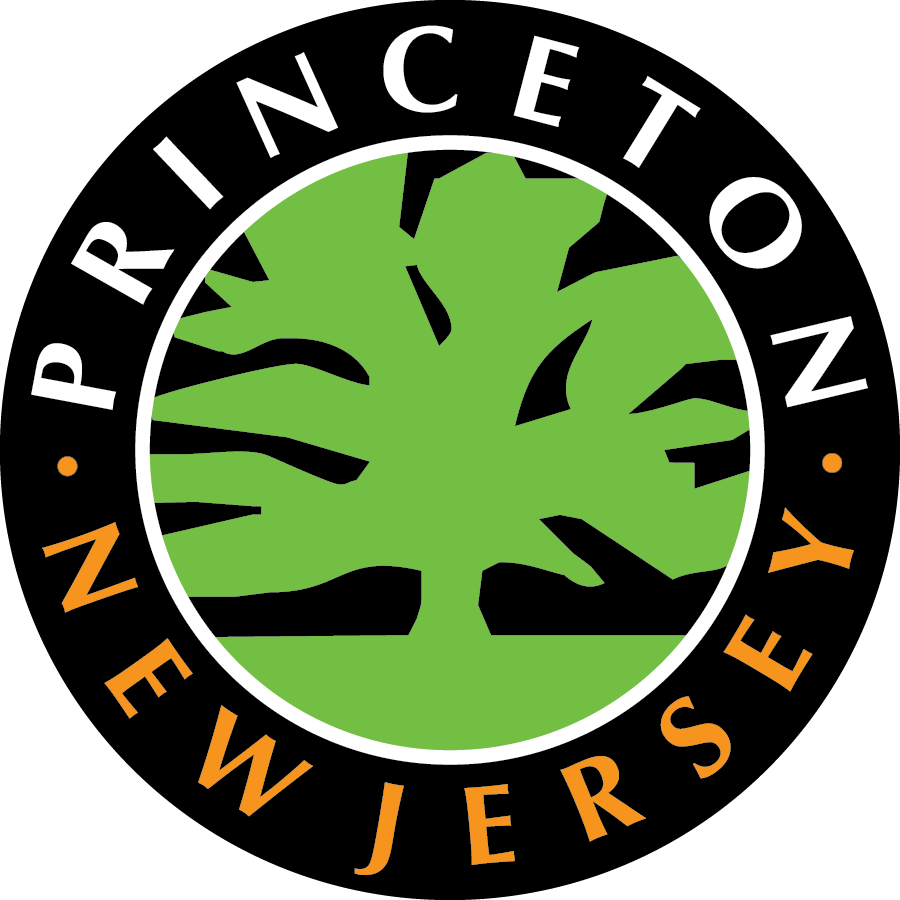The Princeton Council has signed off on a pair of ordinances that could lead to the development of as many as 80 affordable apartments and 80 market rate apartments on the site of the Princeton Housing Authority’s Maple Terrace and Franklin Terrace apartments on Franklin Avenue.
The council approved the two ordinances – the basic underlying ordinance that creates the AH-6 Affordable Housing zone, and the AHO-6 Affordable Housing Overlay zone – at its July 27 meeting. The land that has been rezoned is on the corner of Franklin Avenue and Witherspoon Street.
The AH-6 zone would permit 80 affordable housing units. The AHO-6 overlay zone would provide an alternative development scheme for the property, leading to as many as a combined 160 units of affordable and market rate housing.
In addition to adopting the two resolutions, the Princeton Council approved a resolution that directs the Princeton Planning Board to examine the site to determine whether it should be designated as an area in need of redevelopment.
Neighbors have already expressed concern about the potential size of any new building that would replace the series of one-story buildings on the Franklin Avenue site, which is managed by the Princeton Housing Authority.
The Princeton Housing Authority’s Maple Terrace and Franklin Terrace apartment developments hold a combined 20 one- and two-bedroom rental units. They were built in the 1930s and 1940s.
The AH-6 Affordable Housing zone, which is the basic underlying zone, would allow for the construction of one building of up to 45 feet in height, or three-and-a-half stories. It would contain 80 rental apartments, earmarked for low- and moderate-income households.
The AHO-6 Affordable Housing Overlay zone would allow for a new building that could be five stories tall, with commercial space on the first floor. It would contain up to 160 rental apartments – 55% set aside for low- and moderate-income households, and 45% earmarked as market rate units.
The two ordinances grew out of a court settlement with the Fair Share Housing Center over a lawsuit that it filed against Princeton. The nonprofit group sued Princeton and many other New Jersey towns to require them to provide their fair share of affordable housing.
While there was no opposition to providing affordable housing, some attendees at the July 27 meeting objected to the dense development of the land – as much as 50 units per acre, if 160 units were built on the three-acre site.
Princeton resident Kip Cherry said the site is too small to support 160 apartments. A five-story building would ignore the neighborhood character, which is single-family houses and duplexes. It would block the sunlight to the adjacent homes, and generate traffic and noise, she said.
Joseph Bardzilowski, who lives nearby, said he favors creating more affordable housing. It has always been treated as an obligation, rather than as a commitment “to our equals who, for whatever reason, make less money than we do,” he said.
“We should treat our new neighbors as equals and help them move up the economic ladder,” Bardzilowski said.
Valeria Torres Olivares, who grew up in Princeton and is a junior at Princeton University, said Princeton residents have to consider what is more important to them – whether sunlight and preserving the character of the neighborhood is “more necessary” than “desegregating” Princeton.
“It’s pretty much a fact that Princeton is segregated by income. If the citizens of Princeton are really invested in solving this issue and to actually diversify the community, which would have an impact positively on marginalized students within the public school system, they would be invested in affordable housing,” she said.
“You can’t be for affordable housing and then say you don’t want this in your neighborhood. Is losing sunlight really an inconvenience to you when people can’t afford to live in this neighborhood, who have lived here historically and are being pushed out,” she said.
Anita Garoniak said that everyone in the neighborhood supports affordable housing, but they believe the density is extreme. Increasing the density is meant to accommodate the market rate apartments and will not contribute to diversity, she said.
“I hope that I and anyone else who lives in this neighborhood can express our views without being criticized with the NIMBY label (not in my back yard) or worse. We should not be bullied when we are expressing our concerns about what we believe is a misguided ordinance,” Garoniak said.
“If you would not approve this high-rise (apartment building) on Cleveland Lane, you should not be approving it here,” Garoniak said. Cleveland Lane is a street in the Western Section, where houses are sited on large lots and have sold for more than $1 million.
But Princeton Councilwoman Eve Niedergang countered that “housing is an absolute crisis in our country. We need to look out for our neighbors and friends and people who have less. To provide a home for somebody in a town like Princeton is to offer them a way out of poverty and (into) a better life.”
“I am thrilled to have this option on the table,” Niedergang said.

